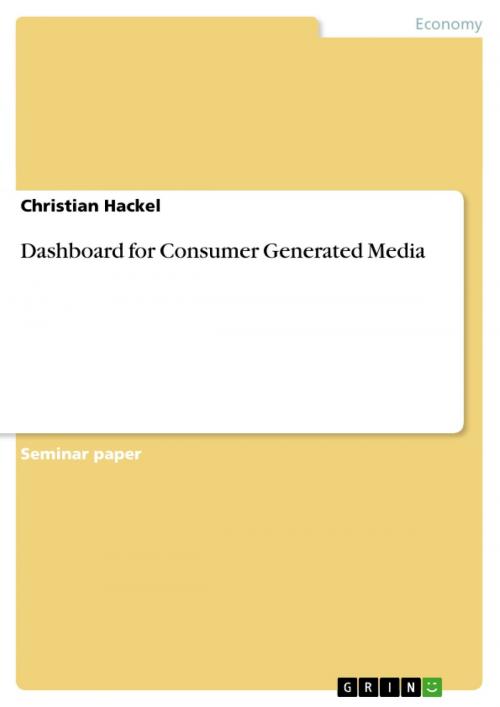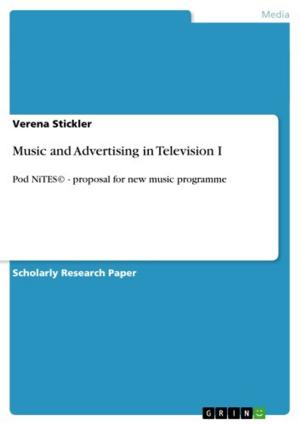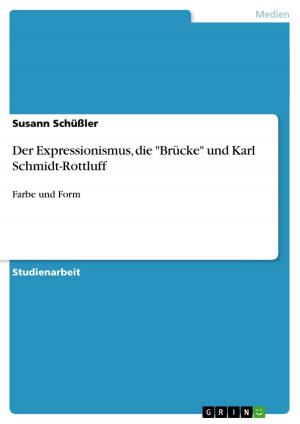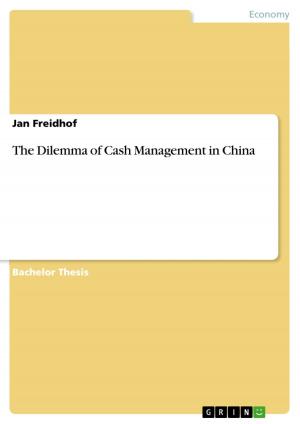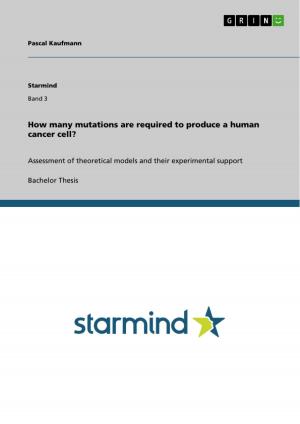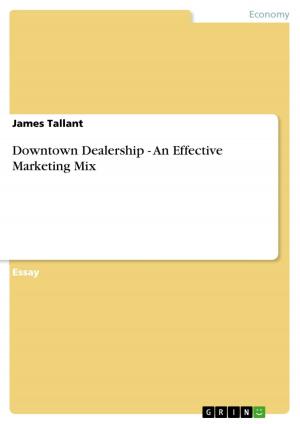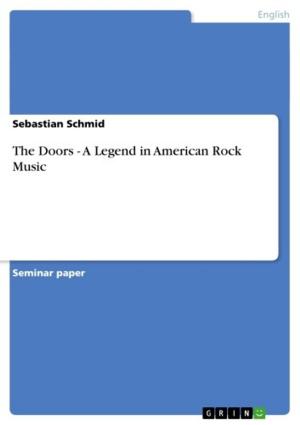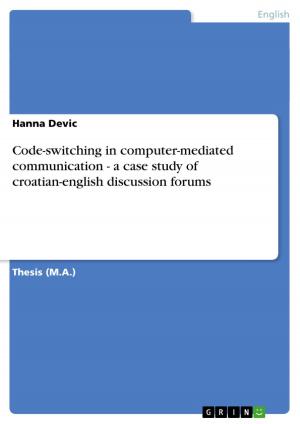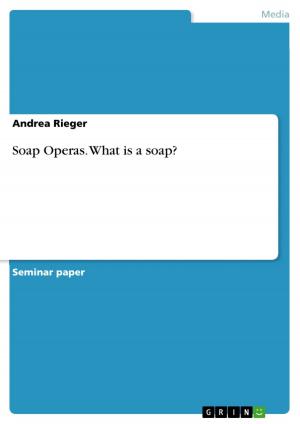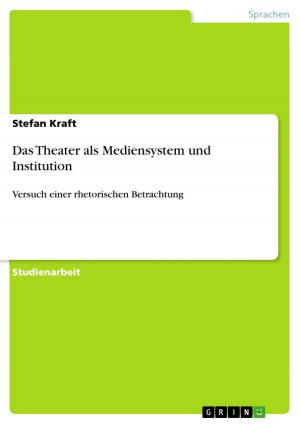| Author: | Christian Hackel | ISBN: | 9783640322923 |
| Publisher: | GRIN Publishing | Publication: | April 28, 2009 |
| Imprint: | GRIN Publishing | Language: | English |
| Author: | Christian Hackel |
| ISBN: | 9783640322923 |
| Publisher: | GRIN Publishing |
| Publication: | April 28, 2009 |
| Imprint: | GRIN Publishing |
| Language: | English |
Seminar paper from the year 2009 in the subject Business economics - Marketing, Corporate Communication, CRM, Market Research, Social Media, grade: 2,0, University of Cologne, course: Marketing Seminar - Word-of-Mouth, language: English, abstract: In times of web 2.0 consumer generated content tends to have an even stronger influence on potential customers than marketing activities from the business side. The electronic world vastly accelerated the proliferation of information. Especially younger people often collect independent information about a product online, before actually puchasing it. Classic advertisement is predominantly considered to be biased. Due to this potential of autonomous information, it is crucial for companies to find effective ways to track, measure and interpret electronic Word-of-Mouth (e-WOM). This paper presents ways to measure web based contents quantitatively and introduces appropriate indicators to provide the company with a full-spectrum-view of the consumer generated media. Moreover the interrelation between e-WOM and sales is shown. As a conclusion, suitable metrics are adapted to a practically usable dashboard for the management.
Seminar paper from the year 2009 in the subject Business economics - Marketing, Corporate Communication, CRM, Market Research, Social Media, grade: 2,0, University of Cologne, course: Marketing Seminar - Word-of-Mouth, language: English, abstract: In times of web 2.0 consumer generated content tends to have an even stronger influence on potential customers than marketing activities from the business side. The electronic world vastly accelerated the proliferation of information. Especially younger people often collect independent information about a product online, before actually puchasing it. Classic advertisement is predominantly considered to be biased. Due to this potential of autonomous information, it is crucial for companies to find effective ways to track, measure and interpret electronic Word-of-Mouth (e-WOM). This paper presents ways to measure web based contents quantitatively and introduces appropriate indicators to provide the company with a full-spectrum-view of the consumer generated media. Moreover the interrelation between e-WOM and sales is shown. As a conclusion, suitable metrics are adapted to a practically usable dashboard for the management.
